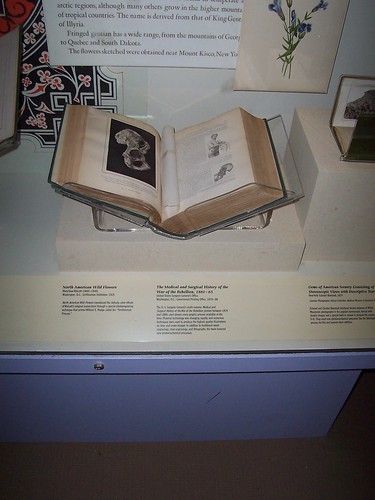Winter Break Workshop: Scientific Illustration Using a Microscope
When:
Wednesday, December 30, 2009, 10:00 a.m.-12:00 p.m.
Where:
National Museum of Health and Medicine, Classroom
Who:
Ages 15 and up (space is limited; pre-registration required; click here to download the registration form.)
What:
Want to try your hand at scientific illustration? The museum hosts a hands-on workshop on how to use microscopes to view germs and "animalcules" and to teach you how to draw what you see. We'll be drawing with pencils but if you have a favorite media bring it along. There will be a brief discussion of the history of illustration using microscopes, and a brief demonstration of how to use a scope. Presented in conjunction with OUTBREAK: Plagues that Changed History, on display through January 22, 2010.
Cost:
FREE.
For more information:
On the Web or call (202)782-2673 or nmhminfo@afip.osd.mil
Tim Clarke, Jr. (Contractor, American Registry of Pathology)
Deputy Director (Communications), National Museum of Health and Medicine
6900 Georgia Avenue, NW, Building 54, Washington, D.C. 20307
Phone: (202) 782-2672 -- Mobile: (301) 814-4498 -- Fax: (202) 782-3573
Email: timothy.clarke@afip.osd.mil
Website: www.nmhm.washingtondc.museum
NMHM on Twitter: http://www.twitter.com/MedicalMuseum
NMHM on Facebook: http://www.facebook.com/MedicalMuseum
Mailing Address: NMHM/AFIP, PO Box 59685, Washington, D.C., 20012-0685
NOTE: We may be experiencing technical difficulties with email; if you have not received a reply, call (202) 782-2672 to follow-up.










